Tank Waterproofing
Concrete tanks, such as reservoirs and cisterns, are used for potable and industrial water. These structures are also used to collect rainwater and store wastewater. Being constantly in contact with water, concrete, by its porous nature, can allow risky infiltrations if not adequately protected.
This risks compromising the quality of the contained water (especially in potable reservoirs) and causing structural damage. Water leaks can, in fact, cause cracks, fissures, and corrosion of the reinforcements.
Tank waterproofing is very important. It prevents the contamination of aquifers and soils. Furthermore, it extends the life of the structures and reduces maintenance costs in the long term.








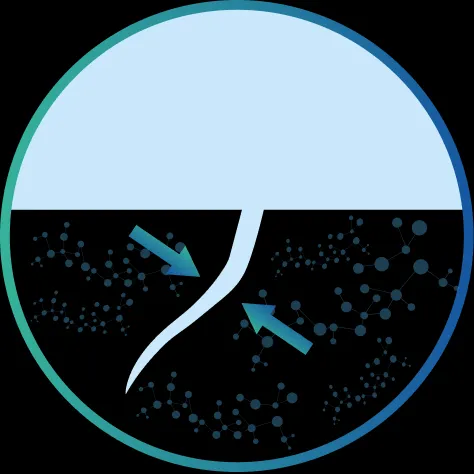
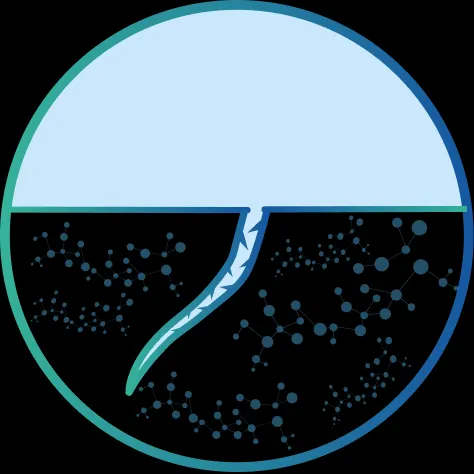



concrete

Critical issues: Infiltration and structural degradation
Water and chemical agents are the main threats to reinforced concrete. Uncontrolled infiltrations favor the corrosion of reinforcements and the chemical attack of the cementitious matrix.
The formation of carbonates and chloride deposits inside the concrete lowers its pH, cracking the passivity film of the steel. This results in fissures, loss of section, and reduction of overall structural resistance.
As highlighted, water, interconnected porosity, and aggressive agents (oxygen, CO₂, sulfates, chlorides, alkalis) are simultaneously needed to cause serious damage. It is therefore essential to design low-porosity cement mixes and adopt integrated protection systems to prevent the entry of harmful agents from the outset.

DRYBOXSYSTEM®: Integrated waterproofing system
DRYBOXSYSTEM® by Drykos is an integrated active waterproofing system with guaranteed sealing.
The core of the system is the use of crystallizing admixtures incorporated into the concrete at the time of pouring: these react with the by-products of cement hydration, forming insoluble microcrystals in the pores and capillaries, which block their permeability.
In this way, the cementitious mass becomes waterproof from the time of pouring and remains protected over time. The mechanism is self-healing: in the event of small cracks appearing (up to 0.5 mm), the active components trigger a second crystallization that automatically seals the water paths.
In addition to the internal admixture, DRYBOXSYSTEM® includes the installation of dedicated solutions for construction joints (hydro-expansive sealants, waterstop strips and profiles). These precautions ensure that every structural discontinuity is also waterproofed, ensuring the overall hermetic seal of the structure.
Key components of the system
- Liquid crystallizing admixtures to be mixed with the pour: they penetrate the pores of the concrete, forming networks of insoluble crystals that prevent the passage of water.
- Special membranes and sheets (e.g., bentonitic or polymeric) applied to surfaces or in casting joints, which offer a hydro-reactive and self-regenerating barrier over time.
- Elastomeric sealants and injection mortars for specific treatments of cracks or discontinuities, useful in complex construction sites or on existing structures.
- Waterstop profiles in PVC or hydro-expansive rubber to be incorporated in the construction joints, to ensure continuity to the waterproof barrier in structural joints.
These elements work synergistically: the crystallizing admixture protects the internal mass of the concrete, while membranes, sealants, and waterstops guarantee the seal on surfaces and joints. The result is a waterproof structure in depth, resistant to surface damage and durable over time.
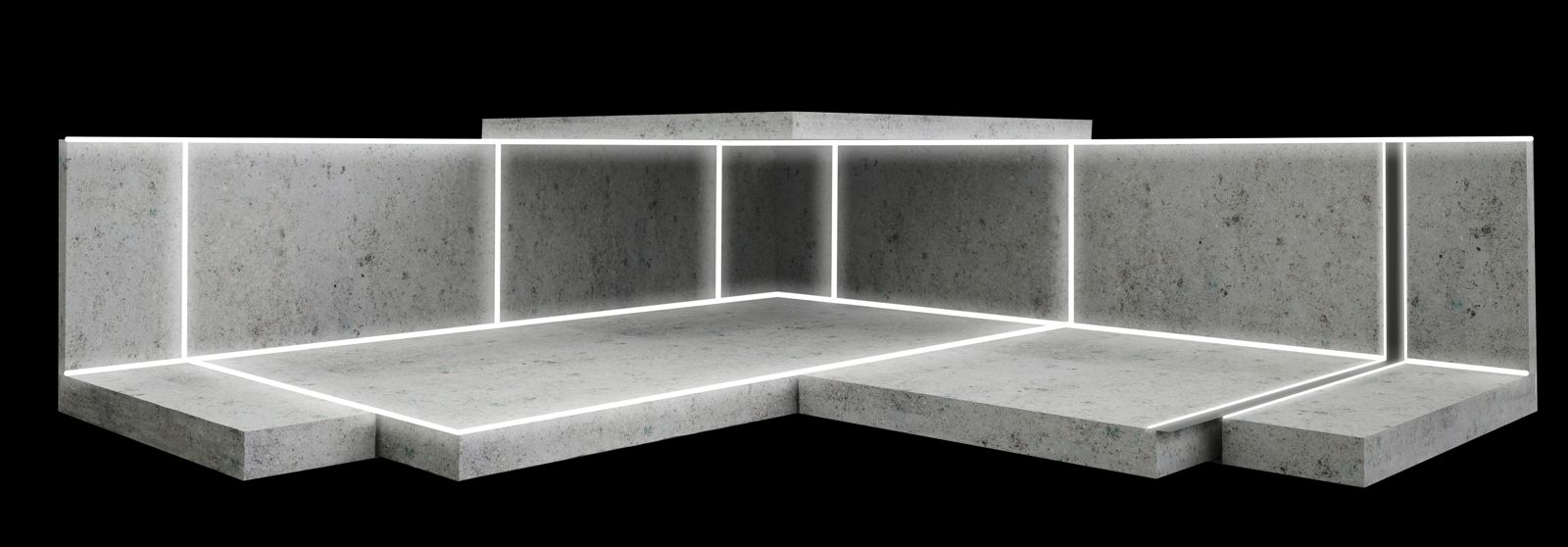
Main application areas
DRYBOXSYSTEM® is particularly suitable for structures where preventing any infiltration is crucial. Typical applications include collection and lamination tanks for rainwater, underground drinking water tanks and fire-fighting tanks, wastewater treatment plants and digesters, as well as containment tanks in industrial settings (chemical, oil, energy).
Thanks to its ability to make concrete resistant to aggressive substances, the system protects sensitive civil works and infrastructures (e.g., civil, port, and logistics facilities) and prevents soil and groundwater contamination.

Environmental benefits and sustainability
In addition to structural protection, DRYBOXSYSTEM® offers distinctive environmental advantages. By eliminating leaks, it helps preserve water resources and protect the soil from contamination. The additives used are formulated without volatile organic solvents (VOCs) and are recyclable at the end of the structure's life.
According to internal studies, the use of crystalline technologies can reduce the overall ecological footprint of a concrete structure by up to 65%. In practice, LEED points for sustainability are obtained due to the lower production of waste and emissions. Furthermore, the technique only uses the natural components of cement, without adding polluting materials: in this sense, it can be defined as “green” and compliant with the principles of green building.

Durability and reduction of maintenance costs
A crucial aspect is durability: the permanent waterproofing provided by the system maintains protection unaltered over time. Unlike traditional surface coatings (bituminous or liquid membranes), which have a limited lifespan and require periodic reapplication, DRYBOXSYSTEM®-added concrete is waterproofed from the outset.
Once demolded, the element is already airtight, and the crystallization process is activated as long as there are pores to fill. Even any micro-cracks are “self-sealed” over time. This translates into a clear economic saving: fewer extraordinary repairs, fewer restoration interventions on coatings, and lower water consumption (avoiding waste due to leaks). In summary, ordinary maintenance is significantly reduced, making the system more cost-effective over its life cycle compared to traditional solutions.
Conclusions
The adoption of an advanced system such as DRYBOXSYSTEM® guarantees construction companies, designers, and public bodies a reliable and effective solution for waterproofing concrete tanks.
Thanks to permanent structural protection and a commitment to sustainability, these systems extend the useful life of the structure while respecting the environment.
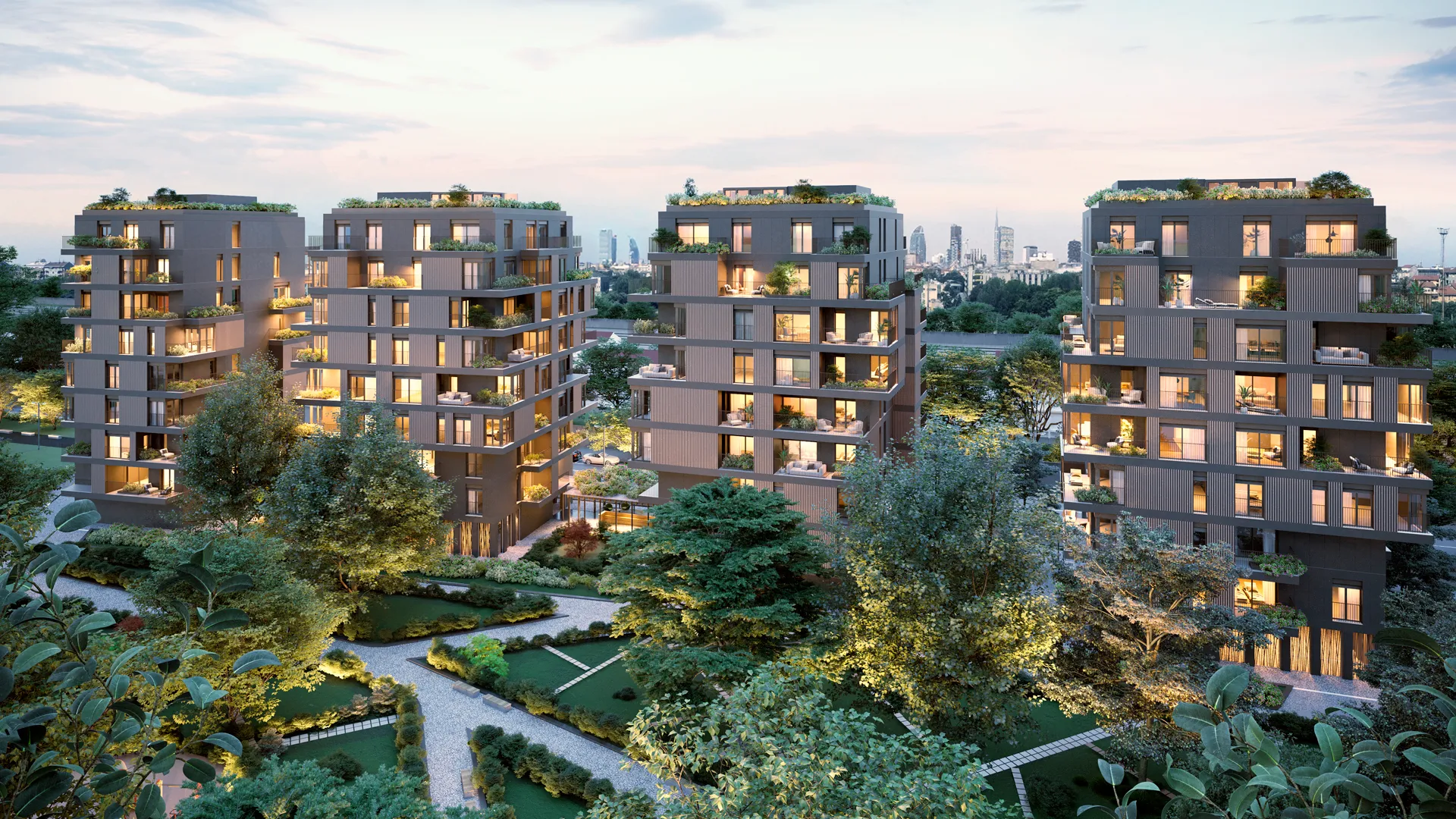
MLN
waterproofed
%
%
footprint

